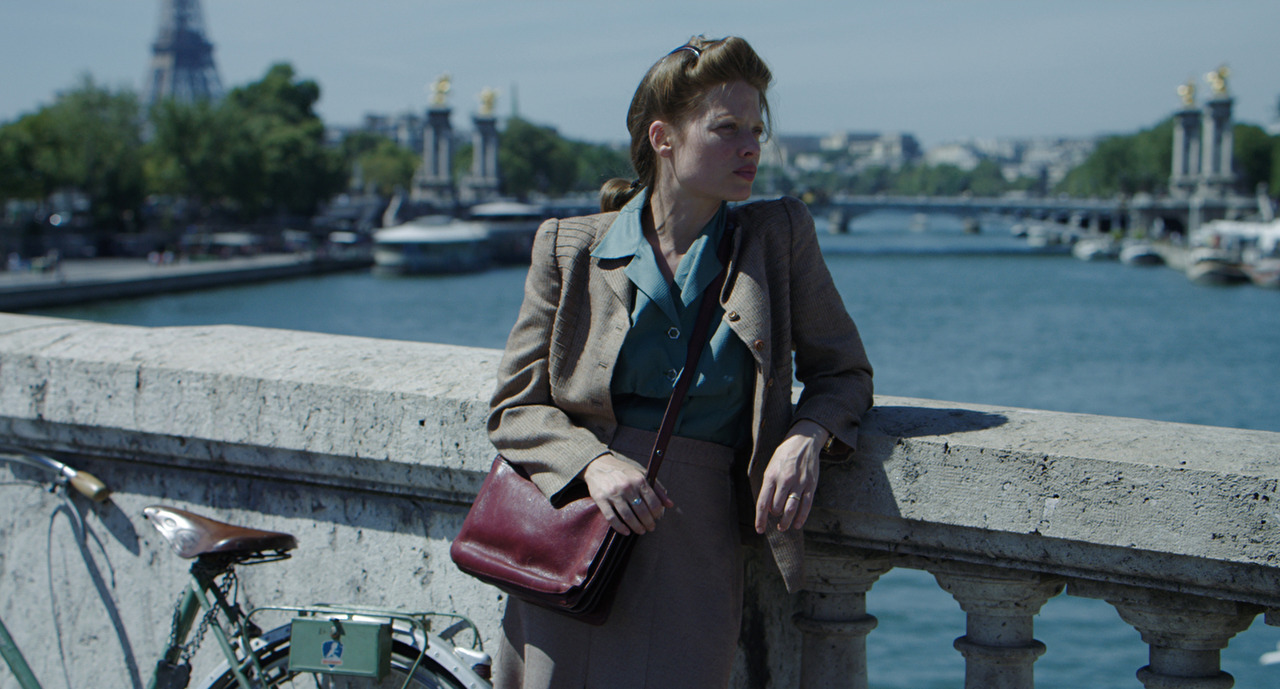 Image courtesy of France Channel, “La douleur” (2018)
Image courtesy of France Channel, “La douleur” (2018)
Explore wartime fashion France, Zazou movement WWII, and French resistance youth culture
As France commemorates D-Day on June 6, remembrance often focuses on military heroism. But beneath the uniforms and frontlines, another form of rebellion pulsed through the heart of occupied cities: style. During the Second World War, a bold, flamboyant youth subculture known as the Zazous emerged — and their very appearance became a form of protest.
Through resistance fashion in France, jazz music, and deliberate nonconformity, the Zazou movement during WWII embodied a unique chapter of French resistance youth culture. These daring young people challenged authoritarianism not with weapons, but with wide trousers, swing music, and swagger.
Who Were the Zazous?
The Zazous were a group of young Parisians and provincial trendsetters who, from 1941 to 1944, openly rejected the fascist and conservative ideals of both Nazi occupiers and the Vichy regime. Inspired by British dandyism and American jazz culture, Zazous stood out for their refusal to conform — and for turning wartime fashion in France into a political statement.
Their rebellion was cultural, but its implications were radical. In a time of rationing, repression, and surveillance, the Zazous' dedication to style and leisure was a vibrant form of French youth resistance.
What Did Zazous Wear?
Resistance fashion in France during the 1940s meant dressing in defiance of government-imposed norms. Zazou men wore oversized, brightly colored jackets, narrow-leg trousers, thick-soled shoes, and slicked-back hair. Women adopted cropped jackets, short skirts, vivid lipstick, and American-style curls — all crafted under severe fabric rationing.
This flamboyant look stood in stark contrast to the austere, militarized aesthetic promoted by the state. Every outfit was a silent protest, a declaration of individual freedom in an era of collective control — making subversive style in WWII France a powerful act of resistance.
The Soundtrack of Rebellion
At the heart of Zazou identity was music. Swing and jazz — outlawed by Nazi authorities — were embraced as the soundtrack of dissent. Listening to Benny Goodman, Django Reinhardt, or Glenn Miller became a radical act. These genres were often played secretly in underground clubs or private gatherings, giving rise to a clandestine French jazz resistance during WWII.
This vibrant swing youth culture in France echoed similar underground movements in Germany and Britain, where young people used music to reject fascism and imagine a freer world.
Resistance Beyond the Rifle
The Zazou movement was part of a wider tapestry of civilian resistance in WWII France. While many Zazous were not part of the maquis or armed fighters, they undermined the regime through their visible difference and cultural defiance. Their public dances, provocative fashion, and rejection of state morality frequently led to arrests, internment, and police harassment.
As a form of youth rebellion under Nazi occupation, the Zazous used every means available — from clothing to rhythm — to subvert the silence imposed on them.
Where to Discover Zazou History in France
To explore the legacy of the Zazous and resistance fashion in France, consider visiting:
- Resistance Museums in France, like those in Lyon, Limoges, and Paris, which often showcase aspects of youth culture and alternative resistance methods.
- Le Caveau de la Huchette in Paris: One of the city’s oldest swing jazz clubs, active since the 1940s — a living monument to Paris WWII youth culture.
- Temporary exhibitions focused on WWII cultural history in France, particularly those around June 6 D-Day commemorations, often highlight youth-driven resistance and artistic defiance.
Why the Zazous Matter in 2025
In today’s world of fast fashion and digital protest, the Zazous offer a poignant reminder that style can be political. Their sartorial rebellion under occupation is not just a historical curiosity — it’s a case study in how fashion can reflect courage, creativity, and resistance.
As we reflect on D-Day and the broader narrative of liberation, let’s not forget the young people who danced, dressed, and dreamed defiantly. Through jazz and resistance fashion in France, the Zazous proved that even under the shadow of war, personal expression could become a revolutionary act.